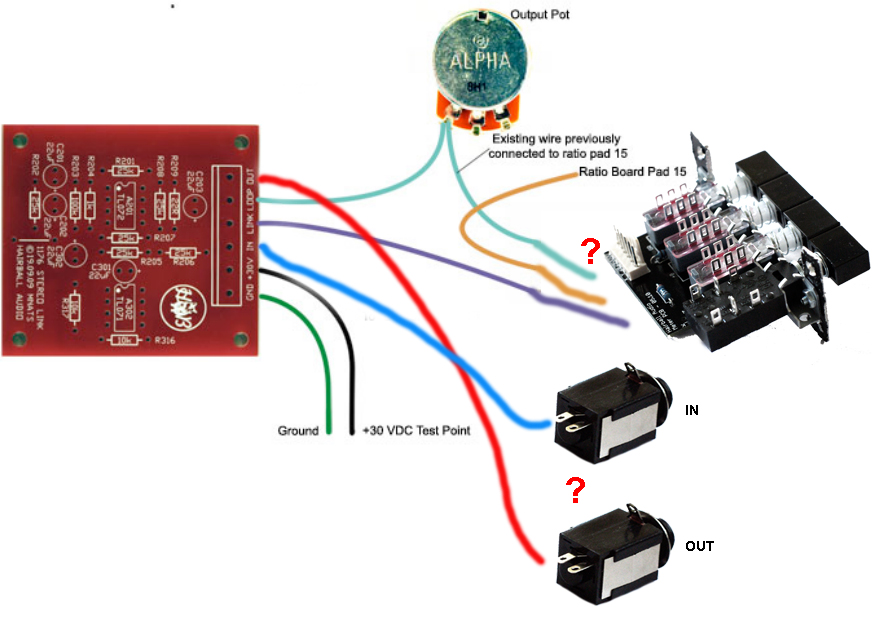Just (finally!) finished my dual mnats 1176 with the Hairball red link cards . Both channels seem to work fine in dual mode. When in linked mode, sufficient input on channel 1 causes both channel meters to indicate GR as I would expect. However, the same input on channel 2 causes that channel to show /more/ GR while the channel 1 meter doesn't move.
All the connections and voltages on the red cards look good. However, I noticed that when I put in in dual mode, the input to the link switch (coming from pad 15 on the ch. 1 ratio board) goes flat - the signal stops. This happens even when the wire is disconnected at the red board (loop) end!
I checked the DPDT switch and wires carefully with an ohmmeter and the switch seems to be working fine, and nothing is shorted to ground.
Any ideas what I should look at next?
All the connections and voltages on the red cards look good. However, I noticed that when I put in in dual mode, the input to the link switch (coming from pad 15 on the ch. 1 ratio board) goes flat - the signal stops. This happens even when the wire is disconnected at the red board (loop) end!
I checked the DPDT switch and wires carefully with an ohmmeter and the switch seems to be working fine, and nothing is shorted to ground.
Any ideas what I should look at next?



































